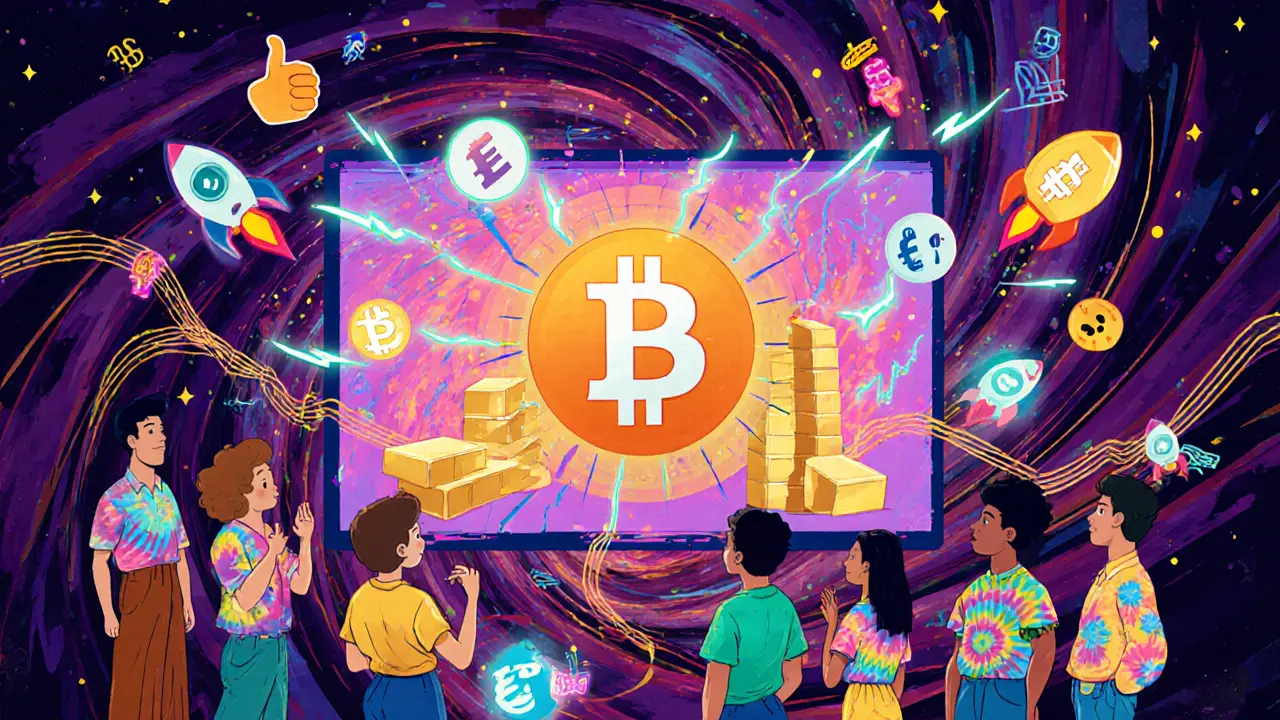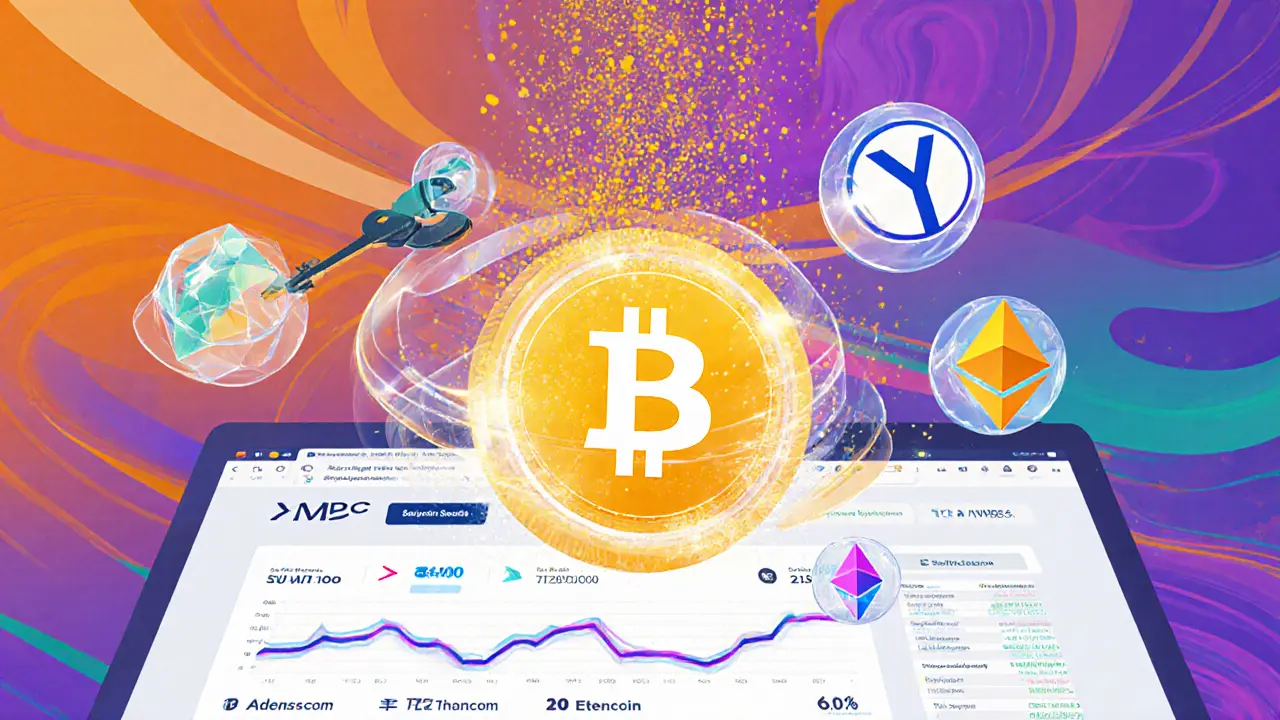Crypto Exchange: What They Are, Which Ones to Avoid, and How to Stay Safe in 2025
When you buy or trade cryptocurrency, you’re probably using a crypto exchange, a platform that lets you buy, sell, or swap digital assets like Bitcoin or Ethereum. Also known as cryptocurrency trading platform, it’s the bridge between your wallet and the market—whether you’re swapping tokens, staking, or just trying to cash out. But not all crypto exchanges are built the same. Some are well-run, regulated, and secure. Others? They vanish overnight, freeze withdrawals, or get shut down by regulators.
That’s why knowing the difference matters. A decentralized exchange, a type of crypto exchange that runs on blockchain without a central company controlling it like Uniswap lets you trade directly from your wallet. No middleman. No account to verify. But that also means no customer support if something goes wrong. On the other end, centralized exchanges like Binance or Bybit hold your funds for you—convenient, but risky if they get hacked or banned, like they have been in India and Qatar.
And then there are the scams. Platforms like Koinde and JulSwap look legit on the surface, but they lack transparency, liquidity, or even a real team. In 2025, you can’t just pick the exchange with the prettiest website. You need to ask: Is it regulated? Does it have real trading volume? Are users actually getting paid? Countries like the EU now enforce strict crypto regulation, rules that force exchanges to follow AML, KYC, and licensing standards under MiCA. If an exchange ignores these, it’s not just risky—it’s illegal to operate there.
Don’t forget your crypto wallet, the digital key that holds your coins and lets you interact with exchanges. Even the safest exchange won’t protect you if you send your funds to a fake site or lose your seed phrase. Many of the worst losses come from users trusting shady platforms and then losing access to their own wallets.
Some exchanges are built for traders who want low fees and advanced tools. Others are for people who just want to buy Bitcoin and forget about it. And then there are the ones you should avoid entirely—like those banned in your country, those with zero user reviews, or those promising free tokens that don’t exist. The posts below break down exactly which exchanges are still worth using in 2025, which ones are dead or dangerous, and how to spot the red flags before you deposit a single dollar.
Mercatox Crypto Exchange Review: Pros, Cons, and Real User Experiences in 2025
Mercatox is a decade-old crypto exchange with decent features but serious withdrawal and support issues. Learn why users struggle to access funds and which exchanges are safer alternatives in 2025.
BingX Crypto Exchange Review 2025: AI, Copy Trading, and What You Need to Know
BingX is a top crypto exchange for international traders, offering copy trading, gold and forex markets, and AI-powered tools. But it's not available in the U.S. and lacks regulatory oversight. Here's what you need to know in 2025.
Figure Markets Crypto Exchange Review: Fees, Yields, and Real-World Asset Trading in 2025
Figure Markets is a regulated U.S. crypto exchange offering zero-fee trading, SEC-registered YLDS stablecoin with 3.85% APY, and crypto-backed loans. Ideal for long-term holders seeking yield and compliance.


